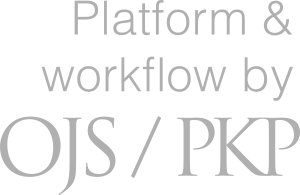Adolescents’ Digital Game-Related Information-Seeking
Avainsanat:
digital games [http://www.yso.fi/onto/yso/p22353], video games [http://www.yso.fi/onto/yso/p17281], metagame, information behavior [http://www.yso.fi/onto/yso/p24916], infromation-seekingAbstrakti
Digital games are a very popular medium among people of all ages. While information related to games is in high demand among adolescents, their digital game-related information-seeking remains an understudied subject. This study explored what kind of digital game-related information adolescents seek, and from what information sources. The data were collected from adolescents’ essays (N=91) and analyzed using qualitative content analysis. The results show that adolescents seek information on new games, guidance for gaming, and information on games’ development, background stories, and future. Information is sought from internet sources, face-to-face sources, and books. The results offer valuable insights on adolescents’ information behavior and practices in a wider context as well as adolescents’ perspective on digital game-related information-seeking.

Viittaaminen
Copyright (c) 2021 Juho Kahila, Matti Tedre, Sanni Kahila, Henriikka Vartiainen, Teemu Valtonen

Tämä työ on lisensoitu Creative Commons Nimeä-EiKaupallinen-JaaSamoin 4.0 Kansainvälinen Julkinen -lisenssillä.




